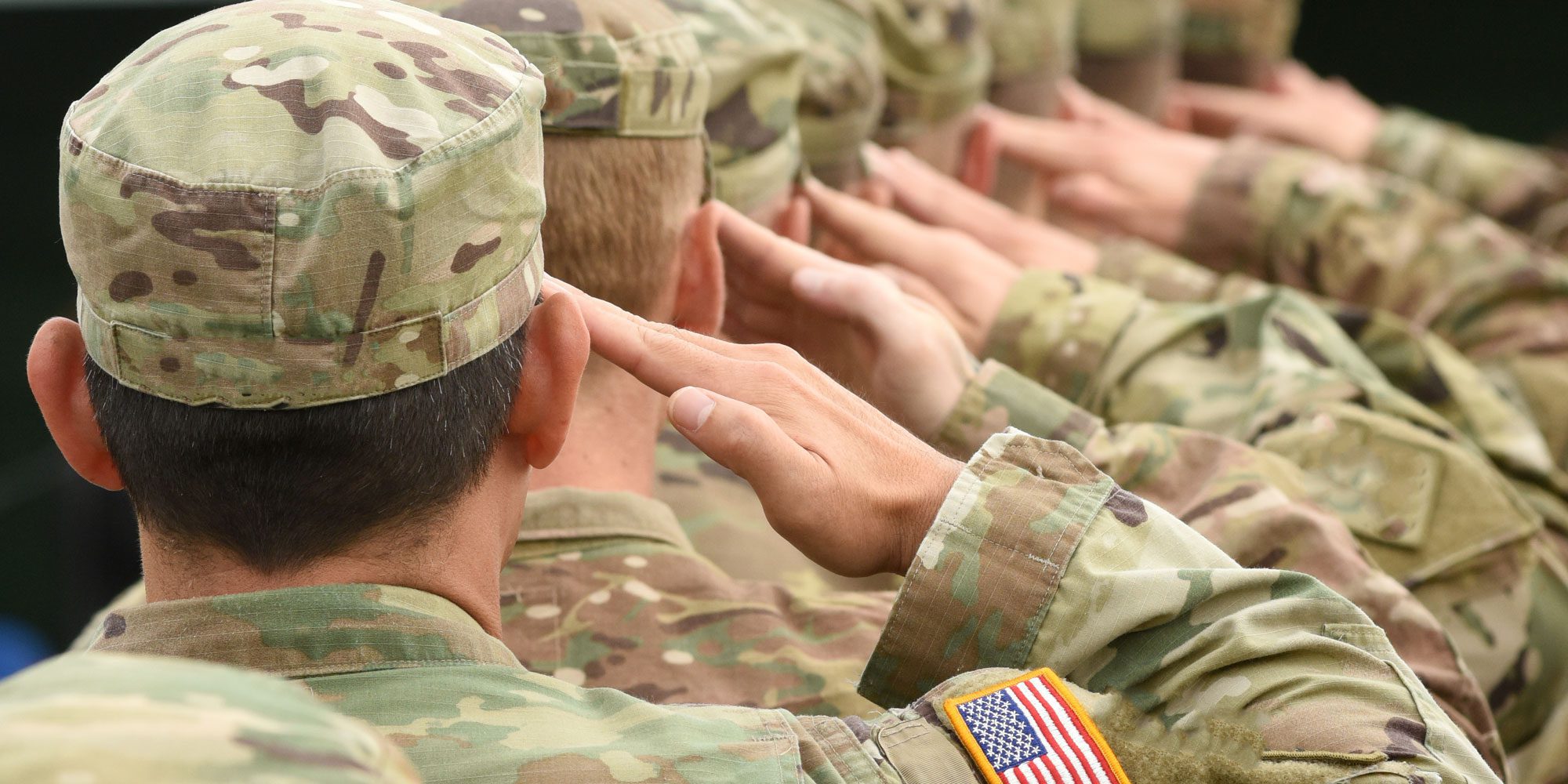Drug and Alcohol Detox Program for Veterans
When your body physically depends on drugs or alcohol, stopping use without medical supervision can lead to dangerous consequences. Potential negative effects, including seizures, vomiting, and depression, may occur, so proper management is vital. Oftentimes, the first step in safely starting the recovery process is a medical drug and alcohol detox.

Drug and Alcohol Detox Program for Veterans
The Heroes’ Mile facility offers programs for veterans by veterans. All the staff at Heroes’ Mile have served in the armed forces, so they understand your addiction journey. Specifically, our detox program has four components:
Safety
Your safety remains our number one priority. The entire veterans drug detox is performed over the course of five to seven days under the supervision of addiction specialists, physicians, and mental health counselors. Additionally, the duration of substance abuse treatment is based on an assessment by our staff and the individual needs of the veteran.
Comfort
Detoxifying your body of alcohol or drugs can feel uncomfortable. Therefore, we make the process easier by providing you with a comfortable environment where you can sleep soundly, eat well, and have the support of experienced counselors and physicians. But there are some additional advantages to enrolling in a drug and alcohol detox for veterans.
When military personnel try to detox at home, they often find that the withdrawal symptoms are too much to handle. This causes them to relapse, which can be disheartening and weaken their resolve to enter recovery. But at Heroes’ Mile, veterans can detox safely in a drug and alcohol-free environment that will keep them safe, comfortable, and protected from relapse.
Personalization
We understand that no two people have the exact same issues and assess the unique needs of every veteran during intake. Because of this, your detox plan is tailored to you, your health, and your current stage of addiction.
As a veteran, your experience with addiction has largely been shaped by your experiences while serving. For example, veterans who served in Iraq and Afghanistan are more likely to suffer from PTS or post-traumatic stress disorder (PTSD), which can cause or worsen substance use disorder (SUD). Additionally, we take into account that female veterans are more likely to experience sexual assault, and that veterans with PTSD face unique challenges during addiction treatment. We take all of these factors into consideration both during detox and through our subsequent levels of care.
Confidentiality
At Heroes’ Mile, we treat alcohol and drug dependency in veterans from all walks of life and place the utmost importance on maintaining our clients’ privacy. When you come to us for treatment, rest assured that your personal information will be kept strictly confidential.
Are you or a loved one in need of help?
One of the biggest hurdles that veterans seeking treatment find is a feeling of shame for needing help. Remember, finding help for your addiction is one of the strongest things that you can do, and you are in control of who knows about your recovery story.
What Happens After Drug and Alcohol Detox?
After detox, veterans move into a residential rehabilitation program. Each client is evaluated individually, then may be moved into the residential program at the right time. Inpatient residential rehab provides veterans with a safe place to build a foundation for lasting recovery. For this reason, the length of the program will depend upon the individual’s treatment plan. During this time, clients will receive 24/7 monitoring and comprehensive addiction recovery treatment.
They will also participate in:
All veterans receive the tools they need to prepare them for sobriety in their everyday lives.
We Can Help You
Heroes’ Mile is a substance abuse, post-traumatic stress, and military sexual trauma treatment center designed for military service veterans who have problems with addiction and other mental health issues related to their military service. Located in DeLand, FL, our treatment programs offer everything that veterans need to begin long-term recovery.
If you are a veteran or would like to refer a veteran to our program, please call an admissions specialist today at 1-888-838-6692.
We’ve Got Your Six!
Are you or a loved one in need of help?
